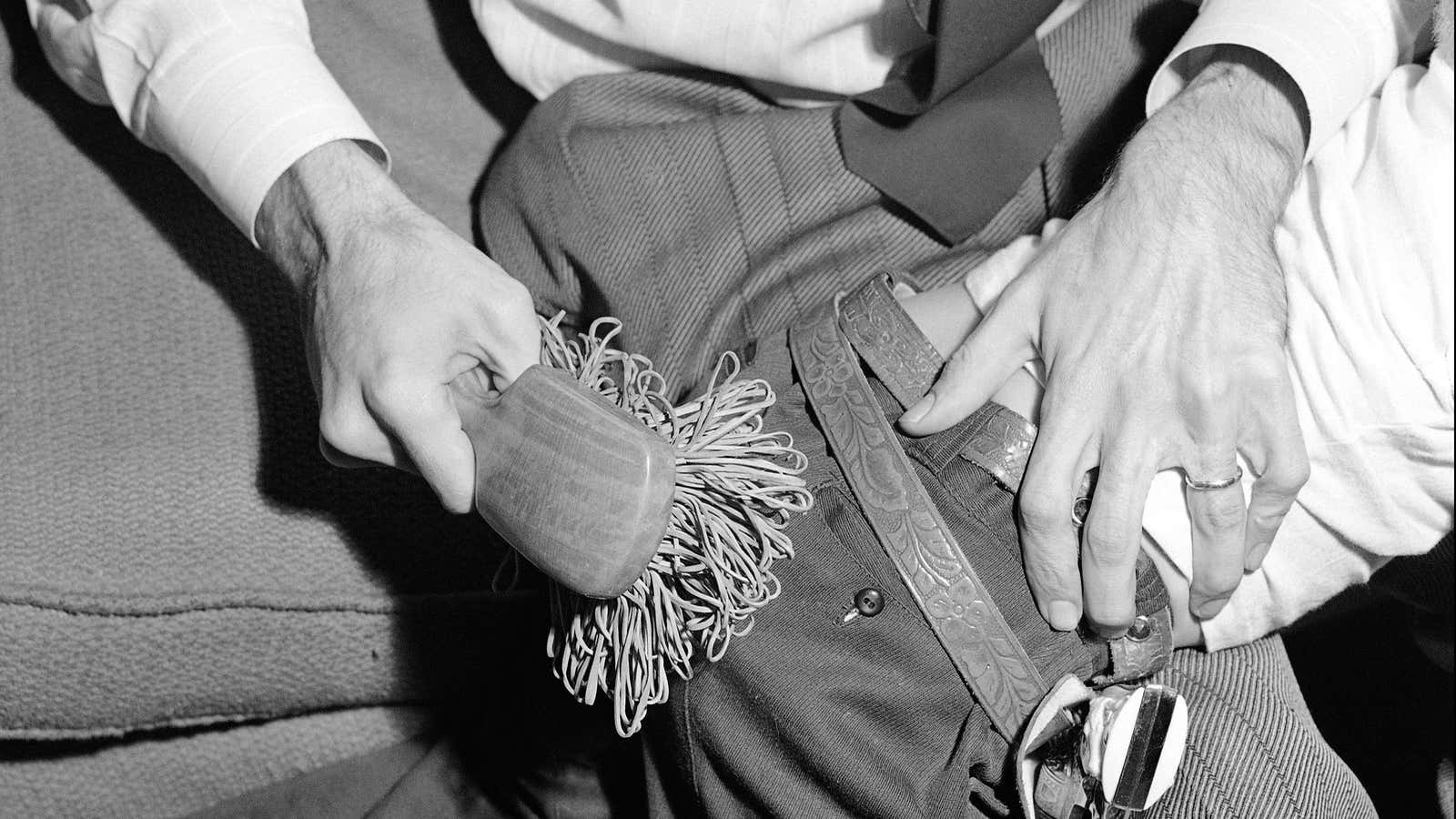Just a few decades ago, many people around the world considered spanking or slapping a child to be an appropriate—and ultimately harmless—method of discipline. But a solid body of science has since linked corporal punishment with a wide array of developmental problems for children. This has led countries around the world, starting with Sweden in 1979, to introduce bans on corporal punishment both in schools and at home.
Now a new study has identified another benefit of such laws: Countries that ban corporal punishment are safer for all kids to grow up in because they have lower rates of youth violence.
Why corporal punishment is bad for kids
The study, published in the medical journal BMJ Open, was conducted by researchers in Canada, the US, and Israel. Researchers based their findings on surveys of more than 400,000 young people between 11 and 25 years old, carried out in schools in 88 countries between 2003 and 2014, about how often they physically fought with their peers. They defined “frequent fighting” as four or more episodes of violence a year. The study then considered whether corporal punishment was legal in each student’s country of residence, and if so, whether the ban was partial (that is, only in schools), or total (in the home as well).
The researchers found that, across the board, boys fought more frequently than girls. But boys in countries with a total ban on corporal punishment were 31% less likely to fight frequently than their peers in countries without a ban, while girls in countries with bans were 58% less likely to fight frequently.
This study has some limitations. Most notably, when factors linked to the wealth and safety of students’ home countries were taken into account, a ban on corporal punishment only appeared to be linked to a decrease in youth violence among girls, not boys. As The Guardian notes, another limitation is that “the research did not look at how fighting among adolescents changed from before a ban to after it was introduced,” nor does it consider whether the bans were in place when the young adults surveyed were in early childhood. And the study describes an association rather than causation: As the authors write, “It remains unclear whether bans precipitate change in child discipline or reflect a social milieu that inhibits youth violence.”
But the study does add to a large body of work on the negative impacts of corporal punishment. Studies dating back to the early 1960s suggest a relationship between corporal punishment and decreased cognitive ability in early childhood, and recent research has bolstered these findings and shown negative effects of corporal punishment on school achievement. A 2013 study showed that children who were frequently spanked by their fathers at age five had lower child vocabulary scores at age nine. A 2010 study showed that the use of physical discipline in kindergarten is associated with lower fifth-grade math achievement, and another 2010 study found that children who were spanked were at higher risk of academic failure in the fifth grade.
And yet spanking still a common practice in many places around the world. Jenny Anderson writes in Quartz, that 19 preschools in the US still allow corporal punishment. That’s concerning from a childhood development point of view: As Roger Thompson writes in Quartz, “The problem … is that children enter a world of emotional chaos when their attachment figure, from whom they are wired to seek safety and security, becomes the figure who also inflicts physical harm.”
Read more from our series on Rewiring Childhood. This reporting is part of a series supported by a grant from the Bernard van Leer Foundation. The author’s views are not necessarily those of the Bernard van Leer Foundation.
